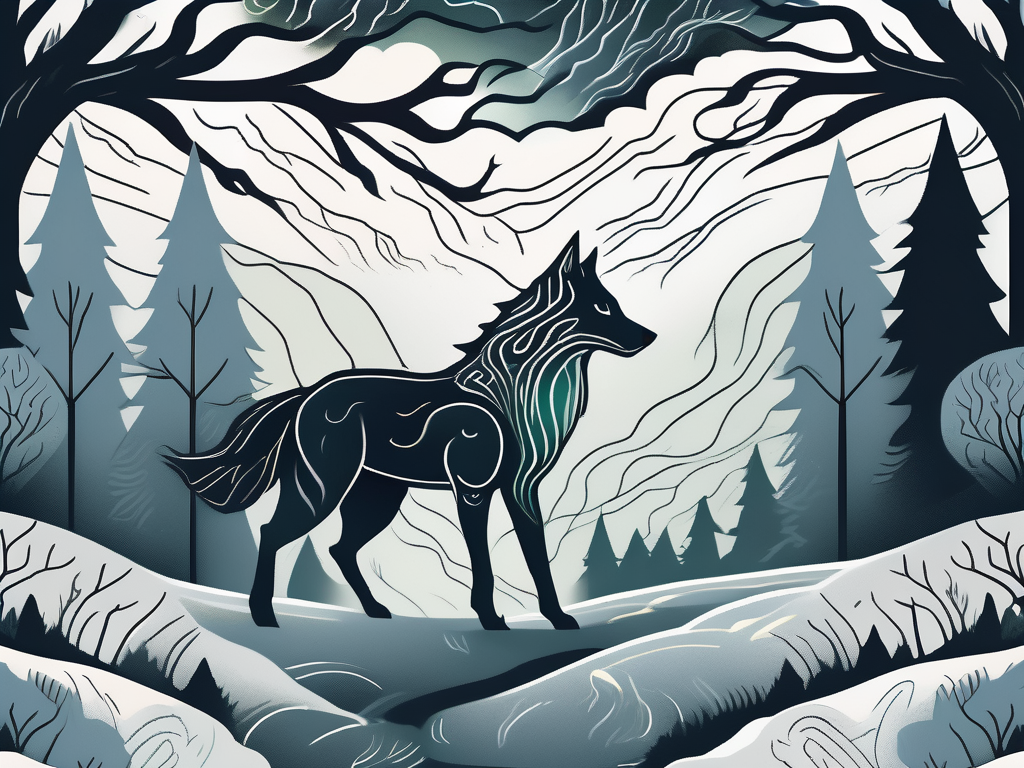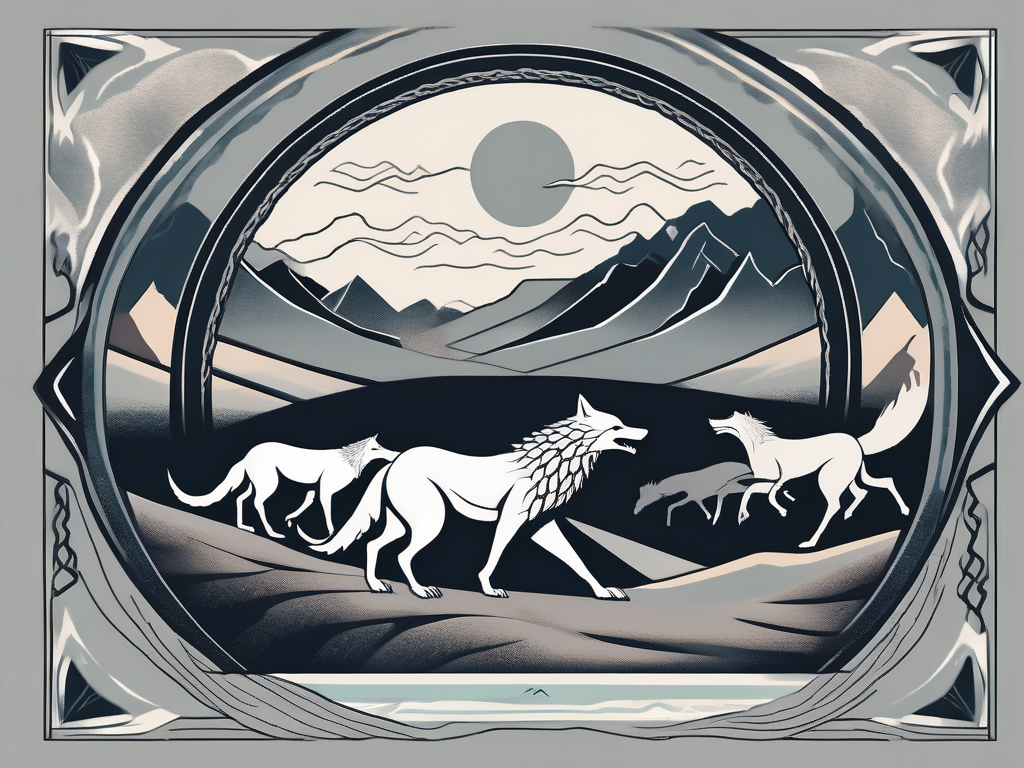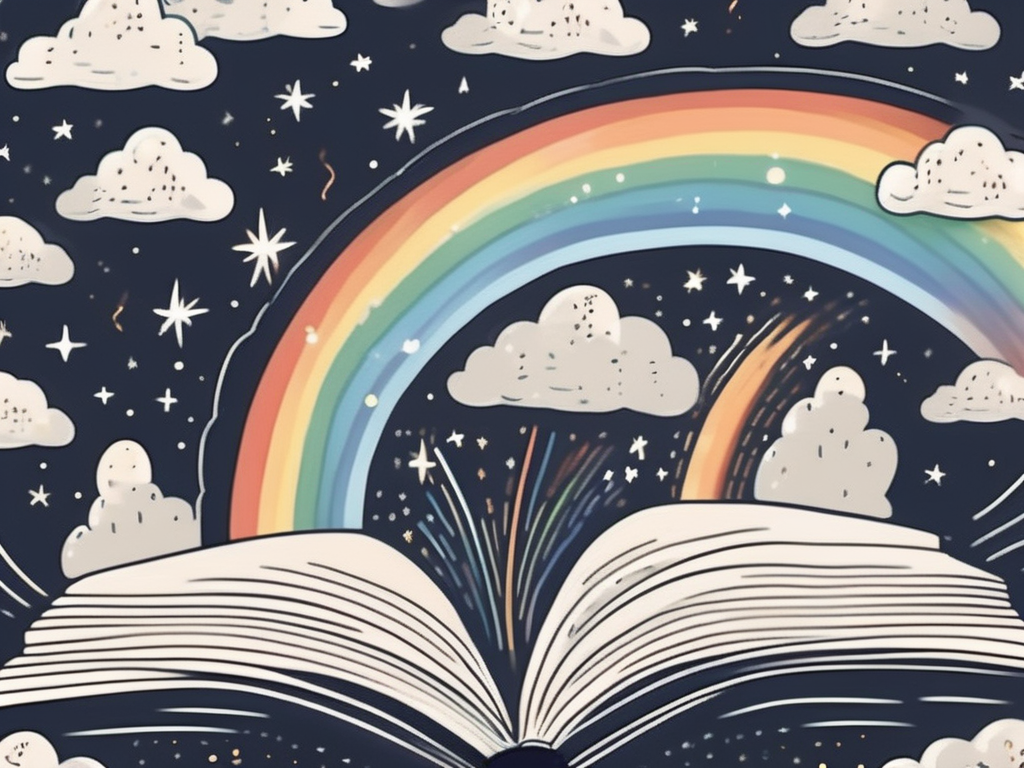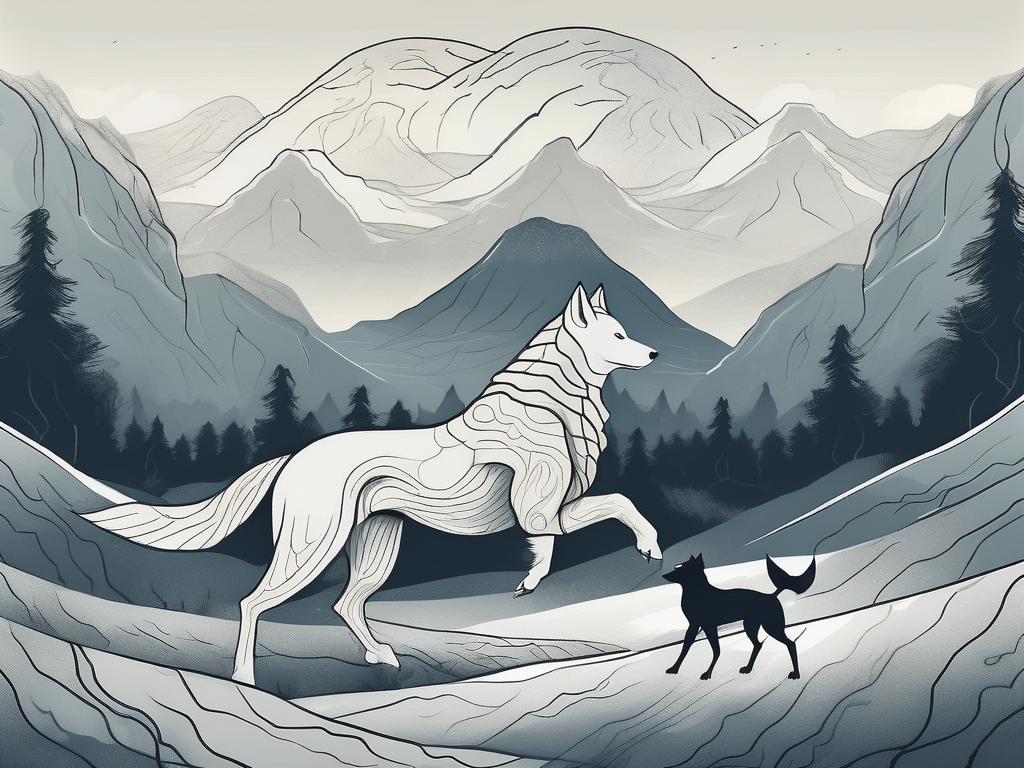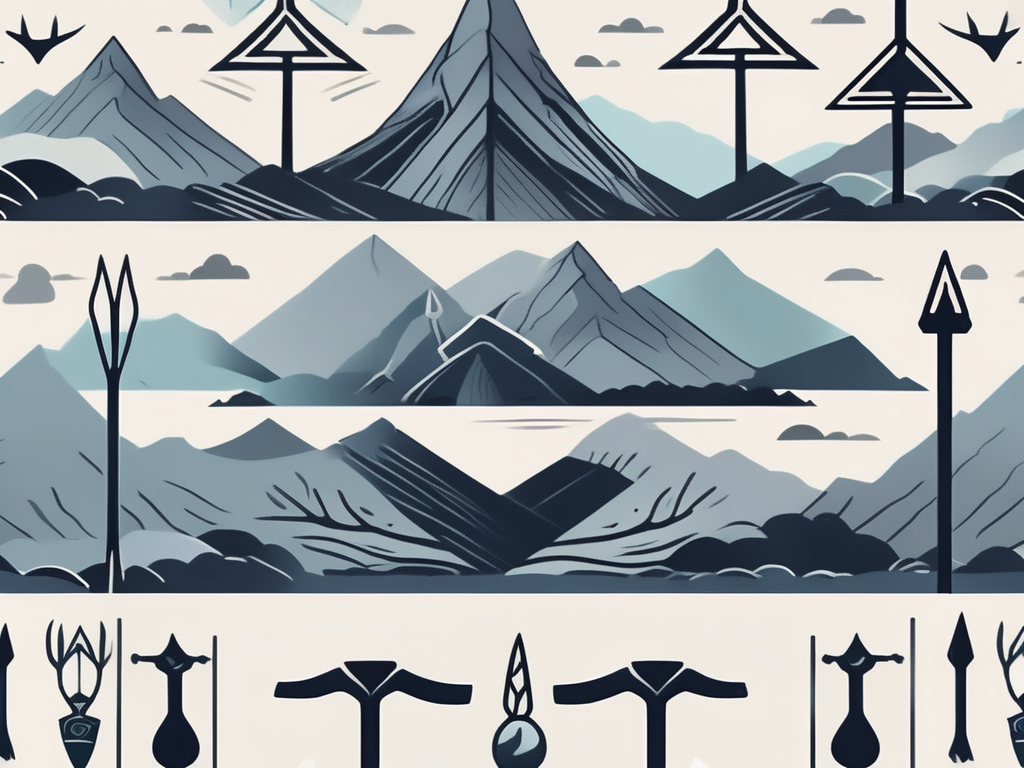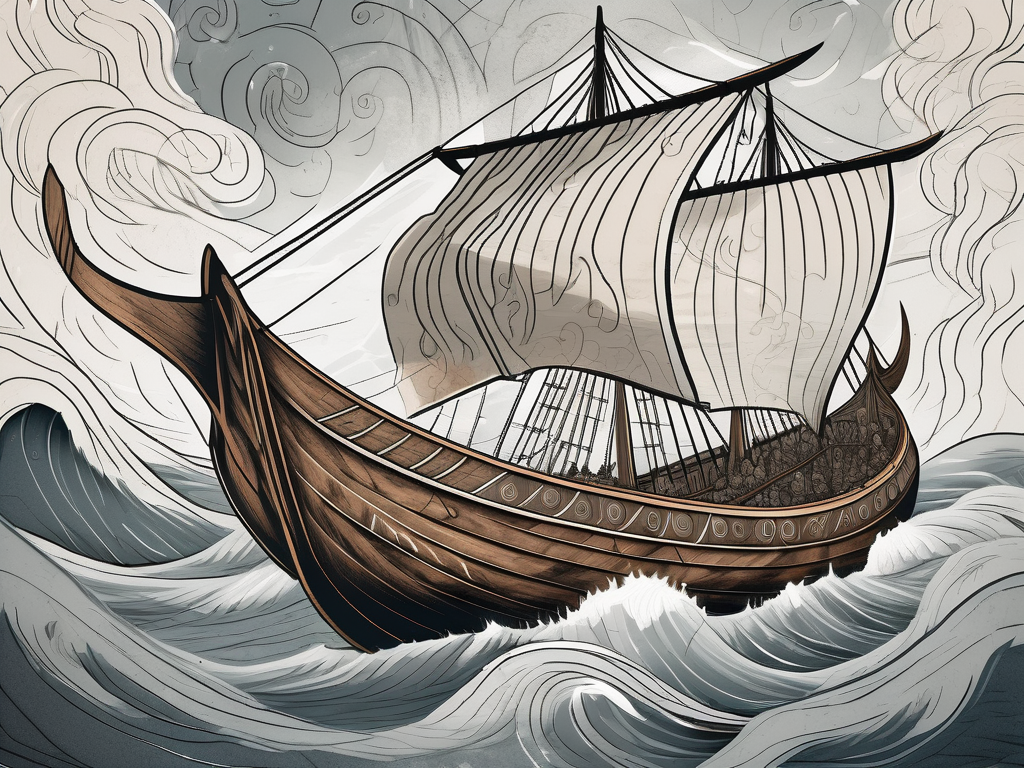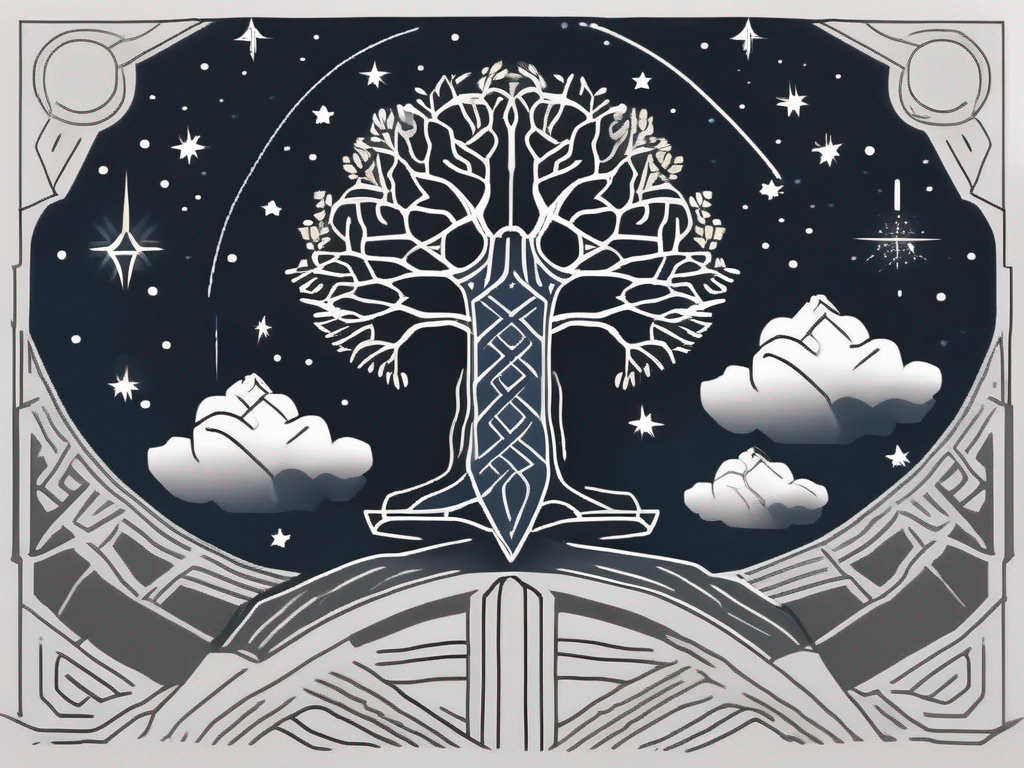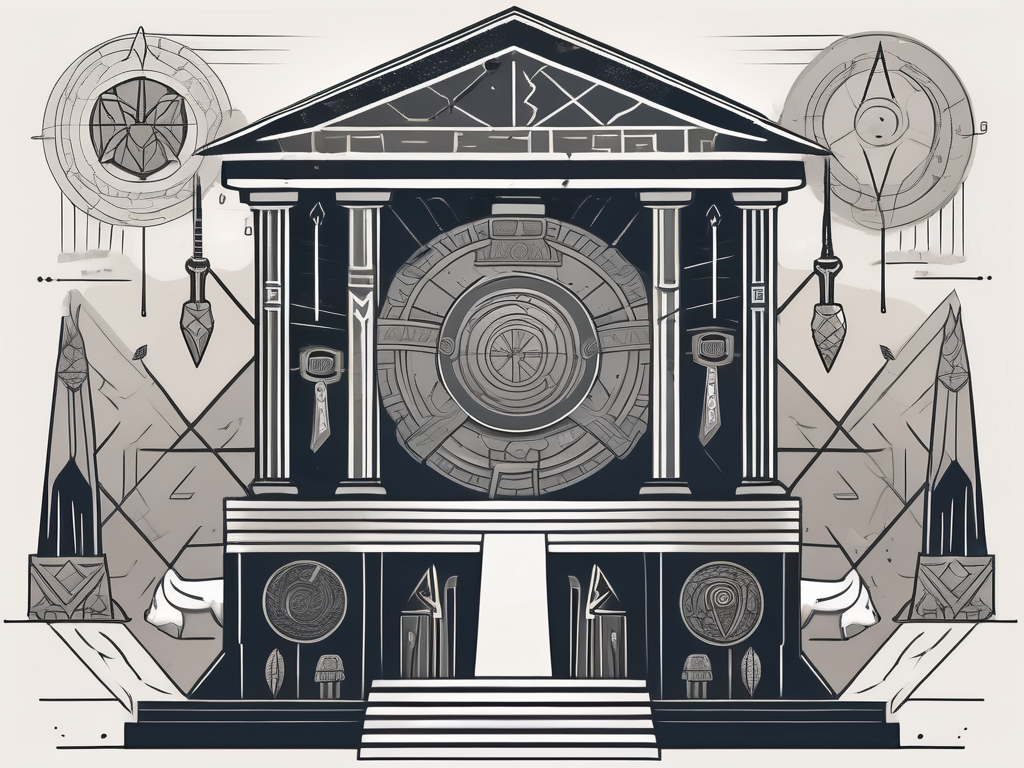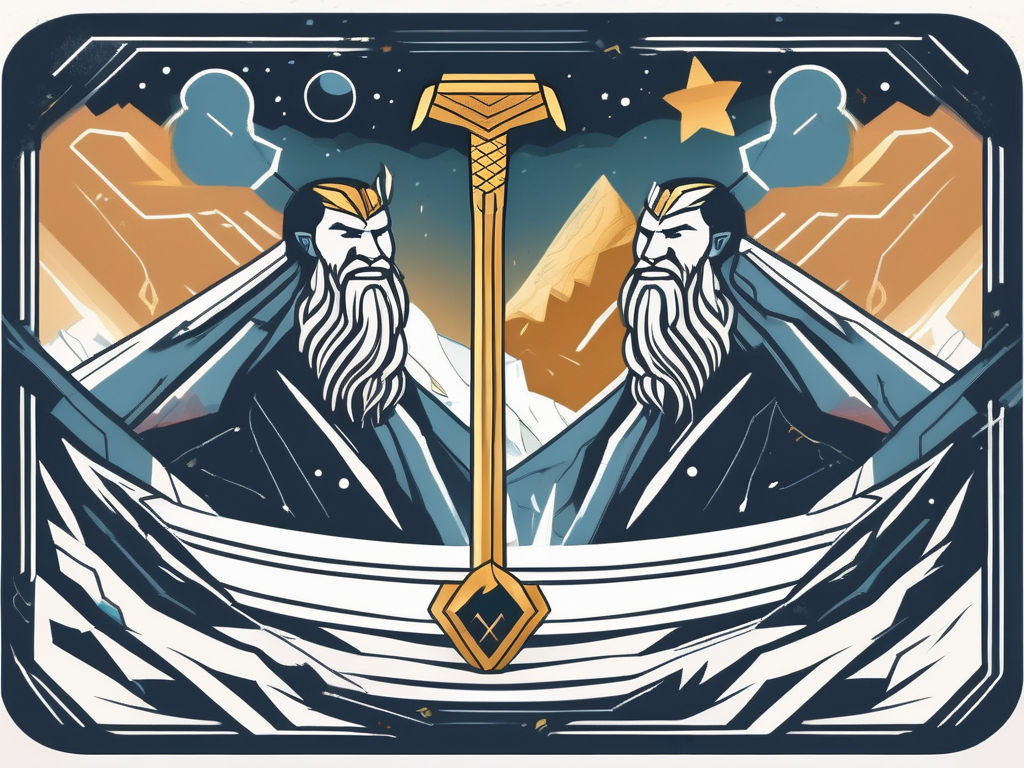The world of Norse mythology is filled with a myriad of fascinating creatures that capture the imagination and stir curiosity. From mighty gods and goddesses to fearsome beasts and serpents, these enigmatic beings play a significant role in the Norse pantheon and its mythology. In this article, we will dive deep into the realms of Norse mythology, exploring the origins, importance, and symbolism of these captivating creatures.
Understanding Norse Mythology
Before we embark on our exploration of Norse creatures, let’s take a moment to understand the broader context of Norse mythology. Originating from the Scandinavian region during the Viking Age, Norse mythology encompasses a rich tapestry of stories, beliefs, and legends that were passed down through oral tradition. At its core, Norse mythology seeks to make sense of the world and impart wisdom through the intertwining narratives of gods, goddesses, heroes, and yes, creatures.
The Origins of Norse Mythology
Norse mythology finds its roots in the ancient Germanic and Scandinavian cultures, where gods and supernatural beings were intricately woven into the fabric of everyday life. The tales of these creatures were shared around firesides, serving as both entertainment and an educational tool. Just as the Norse people relied on nature for survival, their mythology drew inspiration from the natural world, giving rise to a host of imaginative creatures.
One such creature is the Jotunn, a race of giants that played a significant role in Norse mythology. These giants were often depicted as powerful and formidable beings, capable of shaping the world around them. They represented the chaotic and unpredictable forces of nature, standing in contrast to the ordered and structured realm of the gods.
Another fascinating creature in Norse mythology is the Nidhogg, a fearsome dragon-like creature that dwelled in the roots of the world tree, Yggdrasil. Nidhogg symbolized the destructive forces that threatened the stability of the cosmos. It gnawed at the roots of Yggdrasil, seeking to bring about its downfall and plunge the world into chaos.
The Importance of Creatures in Norse Mythology
In Norse mythology, creatures hold a vital place, intertwining with the gods and heroes in a complex web of relationships. These beings often embody natural elements or possess extraordinary powers, symbolizing the forces and mysteries that the Norse people encountered in their daily lives. These creatures serve as metaphors, teaching valuable lessons and offering insights into the human condition.
One such creature is the Valkyrie, a group of warrior maidens who served the gods and chose which warriors would live and die in battle. They were associated with the concept of fate and played a crucial role in determining the outcome of conflicts. The Valkyries represented the duality of life and death, reminding the Norse people of the transient nature of existence.
Another intriguing creature in Norse mythology is the Fenrir, a monstrous wolf destined to bring about the end of the world, known as Ragnarok. Fenrir symbolized the unstoppable forces of chaos and destruction, challenging the gods themselves. Its presence in the mythology served as a reminder of the inevitable cycles of creation and destruction that govern the universe.
The Pantheon of Norse Creatures
Now, let us turn our attention to the pantheon of Norse creatures, which encompasses both gods and animals. These beings played diverse roles in Norse mythology, ranging from protectors and companions to agents of chaos and destruction.
Within the vast and intricate tapestry of Norse mythology, gods and goddesses often took on the forms of creatures to interact with humans and achieve their objectives. These divine beings, with their otherworldly powers and wisdom, would assume the shape of animals to navigate the realms of both mortals and gods. For example, Loki, the trickster god, possessed the ability to transform into various creatures at will. Sometimes he would become a mischievous fly, buzzing around and causing havoc, while other times he would morph into a swift and elusive salmon, effortlessly swimming through the rivers and seas. These transformations allowed the gods to transcend their divine forms and engage with the mortal world in ways that were both captivating and enigmatic.
But it was not only the gods and goddesses who took on the forms of creatures. Animals themselves held significant importance in Norse mythology, embodying powerful symbols and serving as messengers between the realms. Wolves, in particular, were revered as majestic and formidable creatures, embodying strength, cunning, and a primal ferocity. Among them, the mighty Fenrir, a monstrous wolf of immense size and power, stood as a symbol of untamed chaos and destruction. His presence struck fear into the hearts of both gods and mortals alike, for he was destined to play a pivotal role in the cataclysmic events of Ragnarok, the end of the world.
Another creature closely associated with the gods was the raven. Odin, the Allfather and ruler of the Norse pantheon, had two ravens named Huginn and Muninn, which meant “thought” and “memory” respectively. These intelligent and enigmatic birds were believed to fly across the nine realms, gathering information and knowledge, and then whispering their findings into Odin’s ear. Huginn and Muninn were not mere birds; they were the bringers of wisdom and insight, acting as the eyes and ears of the Allfather himself. Their presence symbolized the deep connection between the divine and the natural world, as well as the importance of knowledge and foresight in the grand tapestry of existence.
In addition to their symbolic significance, animals in Norse mythology often acted as intermediaries, facilitating communication between humans and the gods. They were the messengers who carried prayers, offerings, and pleas from mortals to the divine realms, ensuring that the voices of the faithful were heard. Whether it was a horse galloping through the night with a rider seeking guidance, or a falcon soaring through the sky to deliver a message, these animals bridged the gap between the mortal realm and the ethereal domains of the gods.
Thus, the pantheon of Norse creatures is a rich and diverse tapestry, woven with gods and animals alike. From the shape-shifting deities who traversed realms in the guise of flies and fish, to the powerful wolves embodying strength and chaos, and the wise ravens carrying the knowledge of the world, each creature played a vital role in the intricate web of Norse mythology. Their stories and symbolism continue to captivate and inspire, reminding us of the profound connections between the natural world and the divine.
Noteworthy Norse Mythological Creatures
Among the vast array of creatures found in Norse mythology, there are several that stand out for their unique characteristics and captivating stories. Let us delve into the captivating tales of three such creatures: Fenrir, Nidhogg, and Jormungandr.
The Mighty Fenrir
Fenrir, the monstrous wolf, embodies untamed power and unyielding determination. A fearsome beast, he was prophesied to bring about the catastrophic events of Ragnarok, the end of the world. Despite being destined to play a destructive role, Fenrir’s immense strength and cunning make him a captivating figure in Norse mythology.
The Mysterious Nidhogg
Nidhogg, the ancient dragon, is a creature shrouded in mystery. Dwelling in the depths of the world tree, Yggdrasil, Nidhogg spends its days chewing on the roots, symbolizing the decay and destruction within the cosmos. Despite its sinister nature, Nidhogg’s presence adds a sense of balance to the intricate tapestry of Norse mythology.
The Enigmatic Jormungandr
Jormungandr, also known as the Midgard Serpent, is a colossal serpent that encircles the world, biting onto its own tail. This cosmic serpent represents the cyclical nature of life and death, as well as the endless cycle of creation and destruction. Jormungandr’s appearance in Norse mythology serves as a reminder of the inherent connections between all beings and the transience of existence.
The Symbolism of Norse Creatures
Beyond their captivating tales, Norse creatures hold profound symbolic meaning. They embody the inherent complexities and dualities of human existence, subtly teaching valuable lessons about the world and ourselves.
The Meaning Behind the Creatures
Each creature in Norse mythology symbolizes a different aspect of life, from the raw forces of nature to the depths of the human psyche. Through their tales, these creatures invite us to contemplate the eternal struggle between order and chaos, fate and free will, and life and death. By exploring these concepts through the lens of mythical beings, we gain a deeper understanding of our own existence.
The Influence on Modern Culture
The influence of Norse creatures extends beyond ancient mythology, permeating modern popular culture. From books to films and video games, these enigmatic beings continue to fascinate and captivate audiences worldwide. Moreover, the symbolism of Norse creatures has found its way into art, literature, and various subcultures, serving as a constant reminder of the enduring power and relevance of these mythical beings.
The End of the World: Ragnarok
Ragnarok, the apocalyptic event in Norse mythology, marks both an end and a new beginning. This cataclysmic event brings about the destruction of the old world, making way for a rebirth and renewal of the cosmos.
The Role of Creatures in Ragnarok
During Ragnarok, creatures play pivotal roles in shaping destiny. Through fierce battles and fateful encounters, they contribute to the inevitable downfall of the gods and the subsequent emergence of a new era. Ragnarok serves as a poignant reminder of the transient nature of existence and the inevitable cycles of destruction and creation that life entails.
The Aftermath and Legacy of Ragnarok
Beyond the destruction and chaos of Ragnarok lies the promise of a bright future. The world will be reborn, and the surviving gods and creatures will forge a new path, free from the shadows of the past. In this way, Ragnarok represents a crucial moment of transition, portraying the eternal cycles of life and the indomitable human spirit.
Conclusion
In the vast tapestry of Norse mythology, creatures serve as essential threads, weaving together the stories of gods, heroes, and the natural world. From the mighty Fenrir to the mysterious Nidhogg and the enigmatic Jormungandr, these creatures captivate our imagination and offer insights into the profound mysteries of life. As we unravel the symbolism and significance of these mythical beings, we come to realize that Norse mythology continues to inspire and resonate with us, bridging the gap between ancient tales and our contemporary world.
